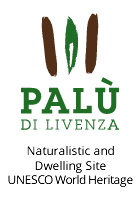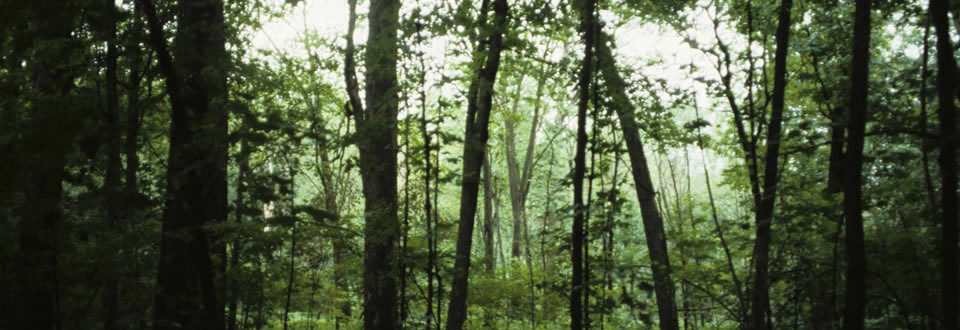Plant remains at Palù di Livenza
The plant remains found in Palu di Livenza during archaeological surveys provide us with a fairly detailed picture of the environment in prehistory and of human activities associated with it.
These data are derived mainly from the study of tree species used as construction elements of the huts of the village, from the study of the remains of charred wood and of fossil pollen.
The available data indicate that the water has always been a key element in influencing the vegetation of the basin. Depending on the season, the level could rise or fall and the village could be more or less out of the water.
The bank surrounding the village could be almost without trees, but covered with herbaceous plants, while the land side, for much of the year was muddy or swampy. The forest environment was a ” mixed forest of oaks”.
The most common tree species were deciduous oaks and hazel, although there were also beech, maple and alder.
The species that represent the groups of trees at the edge of flooded or swampy areas (elm, willow, poplar and alder) are not attested among the remains found, despite the interesting qualities that those woods could provide for the creation of objects.
Among the many trees of which we found the remains, the hazel is certainly the best documented. The great predominance of this tree is unusual information for those dealing with the environment during the Neolithic in northern Italy. The hazel may indicate deforested areas for the expansion of agricultural practices or to provide new space for grazing and farming related activities; however, the reduced presence of other tree species characteristic of open habitats such as apple, pear, hawthorn or dogwood, leads to thinking about other causes for this presence.



